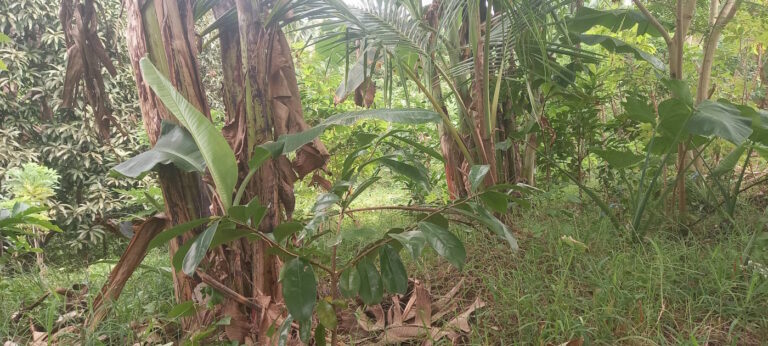“A tree can not grow up in isolation” – Masanobu Fukuoka
These are simple guidelines for polyculture planting to increase biodiversity.
Mixing these 3 “types” ensures the most amount of benefit in time and space.
It all starts with the 3 No’s:
- No plowing, tilling, cultivation, nor herbicides.
- No chemical nor organic fertilizers.
- No chemical pesticides, moving towards no organic pesticides.
The 3 No’s will ensure the protection of the 3 life forces for the advantage of the ecosystem:
- Plant life.
- Insect and microorganism life.
- Animal life.
They will also ensure the soil is protected from the 3 forces of soil erosion:
- Sunlight and UV radiation
- Rain
- Wind
And benefit the 3 aspects of soil fertility:
- Microbial and insect activity or life in the soil
- Nutrients in the soil
- Structure of the soil
The 3 lifespans:
- Short-lived plants.
- Medium lifespan plants.
- Long-lived plants.
The 3 ages:
- Young plants.
- Middle-aged plants.
- Old plants.
The 3 sizes:
- Tall and big plants.
- Medium-sized plants.
- Small and short plants.
The 3 roots:
- Deep-rooted plants.
- Medium and spreading rooted plants.
- Shallow rooted plants.
The 3 uses:
- Food and Medicine.
- Environmental support such as shade, soil improvement, pollinator attraction etc.
- Construction resources and other raw materials.





